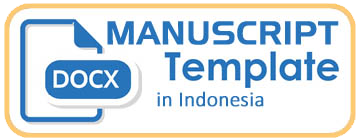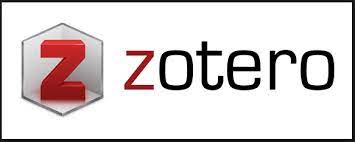BIMBINGAN BAGI ANAK CERDAS DAN BERBAKAT DI KELAS VI SD GMIT 03 KALABAHI
Keywords:
guidance, intelligent children, gifted childrenAbstract
This study aims to examine the importance of appropriate guidance for gifted and talented children in optimizing their overall development potential. Children with exceptional intelligence and talent have special needs that cannot always be met through a general educational approach. Through a literature review of various theories and research findings since 2015, this article explores the characteristics of gifted and talented children, the challenges they face, and effective guidance strategies. Studies show that gifted children are vulnerable to emotional, social, and academic problems if they do not receive adequate support. Therefore, guidance and counseling services play a crucial role in helping them adjust, manage their emotions, and optimally develop their potential. This research recommends the development of individualized, collaborative, and needs-based guidance programs for gifted and talented students. With the right approach, intelligent and gifted children can grow into high-achieving individuals with balanced personalities.
Downloads
References
Brusa, Luigi, and Roberto Felice. Gifted Children: Their Identification and Development. U.S. Department of Education, 1982.
Clark, Barbara. Growing Up Gifted: Developing the Potential of Children at Home and at School. 3rd ed., Merrill, 1983.
Clark, Barbara. Growing Up Gifted. 4th ed., Merrill Publishing Company, 1988.
Gagné, François. “Differentiated Model of Giftedness and Talent (DMGT).” Reflections on Gifted Education, edited by Sally M. Reis, Prufrock Press, 2016, pp. 61–76.
Bimbingan, P., Konseling, D. A. N., & Cerdas, A. (2021). Berbakat Di Sekolah Dasar. 1(2), 106–113.
Ginting, R. L., Siburian, A. Y. K., Sianturi, T. E., Sianturi, S. M., Ginting, N. B., & Pratiwi, S. A. (2023). Bimbingan Konseling Bagi Anak Cerdas Istimewa Dan Kesulitan Belajar (Disleksia, Disgrafia, Diskalkulia). Jurnal Pendidikan Berkarakter, 1(6), 134–145.
MacLean, Paul D. The Triune Brain in Evolution: Role in Paleocerebral Functions. Springer, 1979.
Munandar, Utami. Pengembangan Kreativitas Anak Berbakat. Rineka Cipta, 2016.
Peraturan Menteri Pendidikan Nasional Republik Indonesia Nomor 70 Tahun 2009 tentang Pendidikan Inklusif bagi Peserta Didik yang Memiliki Kelainan dan/atau Potensi Kecerdasan dan Bakat Istimewa.
Renzulli, Joseph S., and Sally M. Reis. The Schoolwide Enrichment Model: A How-to Guide for Educational Excellence. Creative Learning Press, 2015.
Santrock, John W. Educational Psychology. 6th ed., McGraw-Hill, 2015.
Subotnik, Rena F., Paula Olszewski-Kubilius, and Frank C. Worrell. “Talent Development as a Framework for Gifted Education.” Gifted Child Quarterly, vol. 60, no. 4, 2016, pp. 235–249. https://doi.org/10.1177/0016986216650637.
Thompson, George B., and Michael Berger. “Brain Development and Giftedness.” Journal of Educational Psychology, vol. 72, no. 2, 1980, pp. 159–167.
Torrance, Ellis Paul. The Torrance Tests of Creative Thinking: Norms-Technical Manual. Scholastic Testing Service, 1986.
Undang-Undang Republik Indonesia Nomor 20 Tahun 2003 tentang Sistem Pendidikan Nasional.
U.S. Department of Education. Marland Report on Gifted and Talented Education. U.S. Government Printing Office, 2015.









